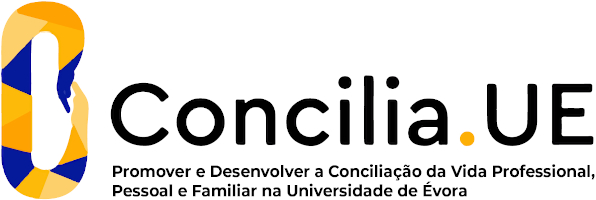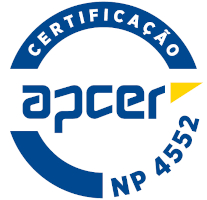2024
Basic Ecology
Name: Basic Ecology
Code: PAO12342L
3 ECTS
Duration: 15 weeks/78 hours
Scientific Area:
Environment and Ecology Sciences
Teaching languages: Portuguese
Languages of tutoring support: Portuguese, English
Regime de Frequência: Presencial
Presentation
This curricular unit provides a general understanding of the structure and function of the ecological systems and knowledge on the main environmental problems at global and local scale.
Sustainable Development Goals
Learning Goals
General understanding of Ecosphere organization and function, linking ecology and evolution in order to
understand the dynamic nature of the adaptation processes.
Acquisition of some professional skills on environment.
understand the dynamic nature of the adaptation processes.
Acquisition of some professional skills on environment.
Contents
Structure and function of ecosystems: circulation of matter and energy; energy to control entropy.
Biogeochemical cycles: global and local, impacts of human activities.
Environmental factors: Leibig's and Shelford's Laws. Factors of production and decomposition.
Implications: distribution of organisms, success of introductions Production and trophic structure: Energy
fluxes between trophic levels and ecological efficiencies. Predominant paths.
Population: characteristics and vital rates. Models of growth. Selection strategies r and K. Predator-prey
interactions, population cycles. Competitive interactions, competitive exclusion. Population regulation.
Community: Structure, stability, environmental quality. Resistance and resilience.
Succession: Primary and Secondary. Natural and Cultural. Climax theories.
Biogeochemical cycles: global and local, impacts of human activities.
Environmental factors: Leibig's and Shelford's Laws. Factors of production and decomposition.
Implications: distribution of organisms, success of introductions Production and trophic structure: Energy
fluxes between trophic levels and ecological efficiencies. Predominant paths.
Population: characteristics and vital rates. Models of growth. Selection strategies r and K. Predator-prey
interactions, population cycles. Competitive interactions, competitive exclusion. Population regulation.
Community: Structure, stability, environmental quality. Resistance and resilience.
Succession: Primary and Secondary. Natural and Cultural. Climax theories.
Teaching Methods
Lectures and presentation and discussion of papers, films, and case studies; practical exercises with
reports.
Written examination.
reports.
Written examination.





















